Course Details
| Class Starts | 3rd of Every Month |
|---|---|
| Duration | 25 Days |
| Language: | Hindi/English |
| Module: | Residential with Meals |
| Level: | Beginner to Intermediate |
| Certification: | Yoga Alliance |
| Style: | Hatha Yoga |
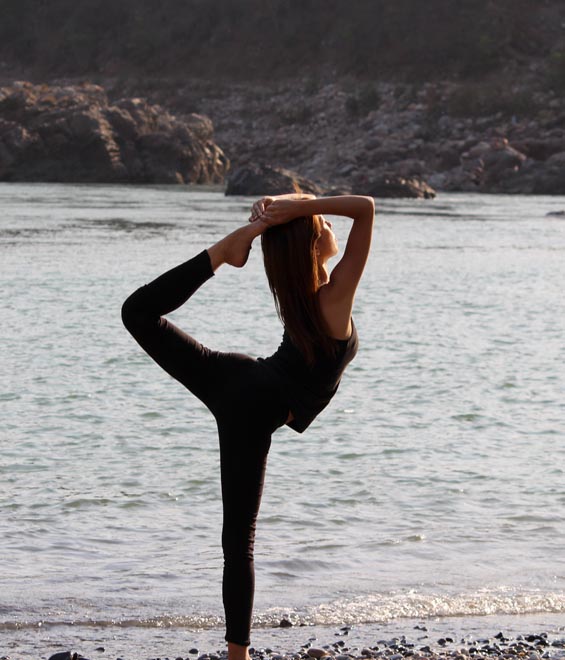
Yoga Alliance USA 200 hour yoga teacher training certification RYT 200 course in Japanese language with Vishwa Shanti Yoga School. This residential Hatha yoga instructor course will be conducted in Japan for individuals who want to learn yoga in Japanese. Vishwa Shanti Yoga collaborates with RYS 200 in Japan and Italy to offer intensive 200 hour YTT course for Japanese speaking population who cannot follow the instructions in English language.
+ Our Clients
+ Satisfied Clients
+ Experts Teacher
+ Experience Years
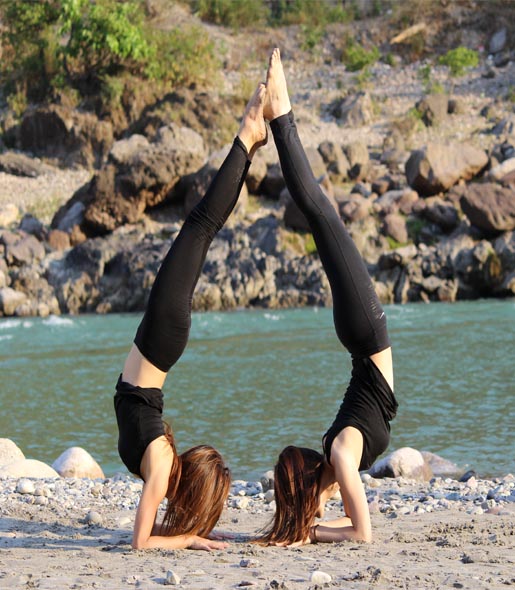
| Class Starts | 3rd of Every Month |
|---|---|
| Duration | 25 Days |
| Language: | Hindi/English |
| Module: | Residential with Meals |
| Level: | Beginner to Intermediate |
| Certification: | Yoga Alliance |
| Style: | Hatha Yoga |
Experienced and knowledgeable Japanese speaking yoga instructors have prepared all the teaching materials in yoga Philosophy and anatomy for you to ease the process of learning. This is an opportunity to experience the spiritual vibrations and obtain your 200 hour yoga TTC certification in your own language. On completion of this course, you can become RYT 200 – registered yoga instructor eligible to teach yoga to people around the world in all the languages you know, and spread this energy to bring about peace and harmony. In this 200 hour yoga training, you will also learn the basics of pelvic adjustment, iyenger Yoga based on Hatha Yoga, Ayurveda, and maternity yoga/kids yoga.
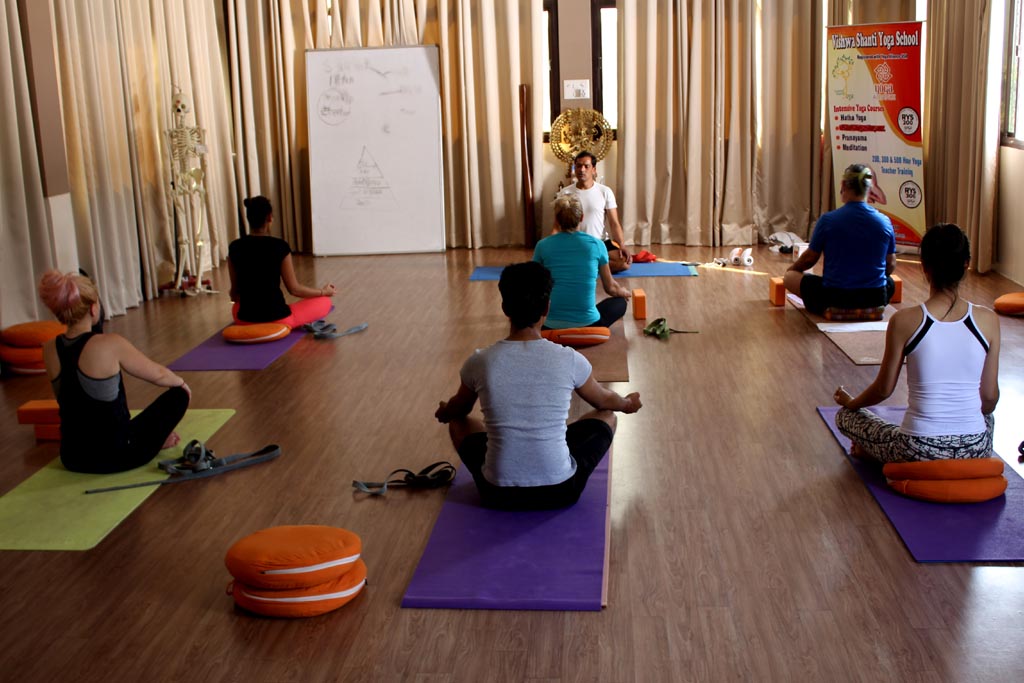
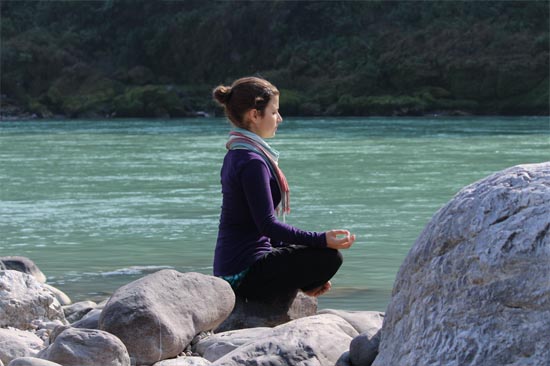

| Dates | Early Bird Discount | Regular Fee | Apply |
|---|---|---|---|
| Coming Soon | US$ 1149 | US$ 1449 | Apply |
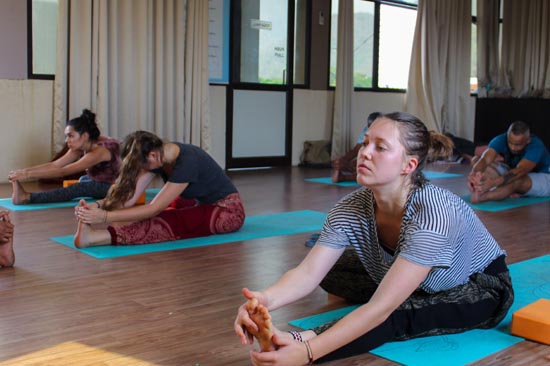
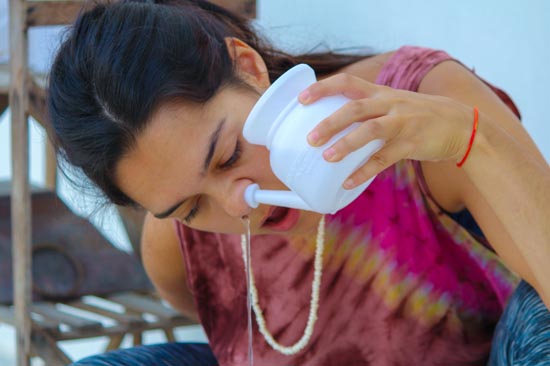
Note: - This is a sample schedule and subject to change according to weather condition, teacher’s schedule, and other circumstances.
| » 06:30 am to 07:00 am | » Shatkarma (Yogic Cleansing) |
|---|---|
| » 07:00 am to 08:30 am | » Asana (Yoga Position) |
| » 09:00 am to 10:00 am | » Breakfast |
| » 10:30 am to 11:45 am | » Yoga Philosophy |
| » 12:00 pm to 01:00 pm | » Lunch |
| » 01:30 pm to 03:00 pm | » Yoga Anatomy |
| » 03:00 pm to 04:00 pm | » Self Study |
| » 04:00 pm to 05:30 pm | » Alignment & Adjustment |
| » 06:00 pm to 07:00 pm | » Meditation/ Pranayama (Yogic Breathing)/ Yog Nidra |
As per Yoga Alliance USA, techniques, training and practice; teaching methodology; anatomy and physiology; yoga philosophy, lifestyle and ethics for yoga teachers plus practicum are the five important subjects to be covered in 200 hour yoga teacher training. We cover yoga asanas, pranayama, kriyas, mantra chanting, meditation and other traditional yoga techniques under techniques, training and practice. Teaching styles, qualities of yoga instructor, mass handeling, types of students,etc. are covered under teaching methodology. Yoga anatomy and physiology makes you understand the effect of yoga practices including asanas, meditation and kriyas on your body systems and organs, chakras, nadis. You will be studying Patanjali's Yog Sutra, the Bhagvad Geeta, Hatha Yoga Pradapika and other philosophical texts and teach your peers on topics your instructor gives you. This is your chance to practice teaching yoga - you will be going to the field as a practitioner and this is a demo class you conduct before registering yourself as an instructor.
| • Vajrasana | • Marjari Asana | • Supta Vajrasana |
| • Druta Utkatasana | • Surya Namaskar | • Matsyasana |
| • Dhanurasana | • Ardha Padma Paschimattasana | • Bhu Namaskarasana |
| • Sirshasana | • Crane Pose | • Simbagarjanasana |
| • Vyaghrasana Pose | • Tadasana | • Sama konasana |
| • Ardh Chandrasana | • Lalasana | • Setu Asana |
| • Sirsha Angustha Yogasna | • Ardha Masyendrasana | • Natarjasana |
| • Santolanasana | • Simbagarjanasana | • Ushtrasana Half |
| • Tiryaka Tadasana | • Dwikonasana | • Shashankasana |
| • Bhujangasana | • Paschimattanasana | • Eka Padattanasana |
| • Sarvangasana | • Eka Padasana | • Poorna Bhujangasana |
| • Poorna Bhujangasana | • Ushtrasana | • Kati Chakarasana |
| • Trikonasana | • Yogamudrasana | • Shalabhasana |
| • Janu Sirshasana | • Mayurasana | • Halasana |
| • Chakrasana | • Poorna Dhanusasana |

» Single Standard Non-Ac Room The room only has a fan.
» Soap bar is provided in the bathroom amenities
» Free wifi
» Led Cable television
» Once alloted and checked in, the room will not be changed.

» Shampoo, Conditioner, Shower Cap, Toothbrush, Toothpaste, Water Bottles, Hair dryer
» Anything ordered separately from the set Yoga menu will be charged accordingly

» Cab service on request.
» Ac rooms can be provided at an extra cost per day basis